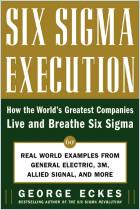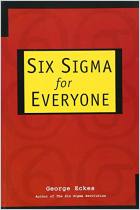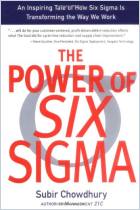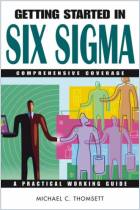
Leading Six Sigma
A Step-by-Step Guide Based on Experience with GE and Other Six Sigma Companies
Read or listen offline
Amazon KindleRecommendation
This book differs from most other Six Sigma guides in that it identifies, by name, companies that failed at Six Sigma. So many authors have presented Six Sigma as something magical that it is refreshing to see its warts. Make no mistake - the authors are not out to debunk or dethrone Six Sigma, a management philosophy and method that has been their professional life for many years. They clearly believe that Six Sigma is worth the investment of time, brain power, leadership and political capital that it requires. But they aren’t afraid to point out the fact that it does require serious investment, and that management must sustain its commitment for years to unlock the full benefit of the Six Sigma approach. The book is a tolerably good read, albeit dry. It mercifully spares the reader any puffery or promotion, and it lays out the axioms of Six Sigma life in a very lucid format. Occasionally, it stoops to cliché, but not terribly often. getAbstract.com recommends it to those who need to know what it really takes to achieve Six Sigma performance, and how to begin.
Summary
About the Authors
Dr. Ronald Snee is a principle in Tunnell Consulting’s Performance Excellence Practice, designed DuPont’s first company-wide continuous improvement curriculum, earned the American Society for Quality’s Shewhart Medal and served as a member of the Malcolm Baldridge National Quality Award Criteria Team. Dr. Roger W. Hoerl is a leader of Six Sigma at GE, Manager of GE R&D’s Applied Statistics Lab and a winner of the Society for Quality’s Brumbaugh Award. The authors previously wrote Statistical Thinking: Improving Business Performance.




















Comment on this summary or Diskussion beginnen